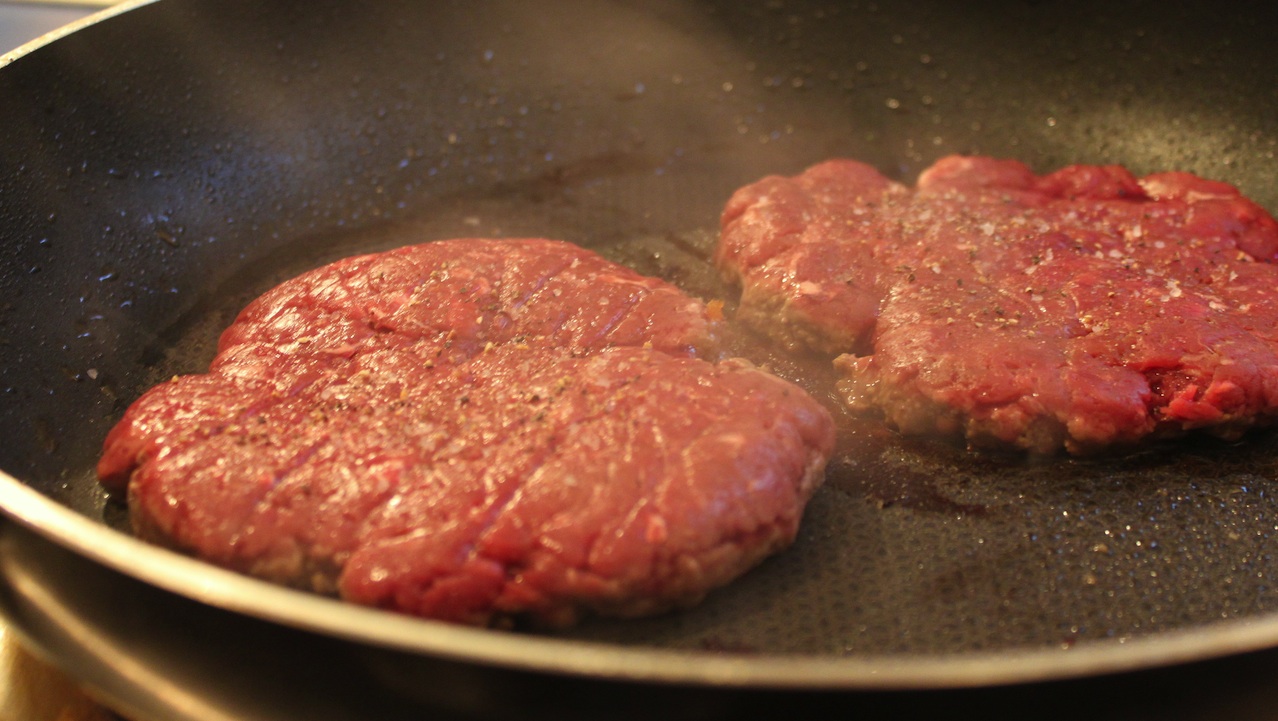The idea of growing a piece of meat in a lab, without an animal, is sure to make a few readers gag–and understandably so. But when considered against the monumental environmental (not to mention ethical) impact of factory farming, 3D-printed hamburgers and pork chops slowly become more appealing.
In the above lecture from Solve for X (think smaller-scale TED Talks), Andras Forgacs, chief executive of bioprinting firm Modern Meadow, explains just how the process is done. It’s similar to the idea of 3D-printed human organs: scientists take a small sample of cells from a living animal, then use printers to arrange it in such a way that it begins behaving as it would in nature, reproducing and growing into tissue on its own. And it has been done–Forgacs says he’s already tasted his own pork. No word on how it tastes, but Modern Meadow is working with chefs on making it more realistic and palatable.
The process is too expensive for the mass market now, at thousands of dollars for a single pound of meat, but Forgacs believes scaling business up will eventually bring costs down. The first half of the video is a rehash of things any vegetarian worth his salt already knows, but at around seven minutes in, things start to get interesting.
(Photo: Anfuehrer/Flickr)


